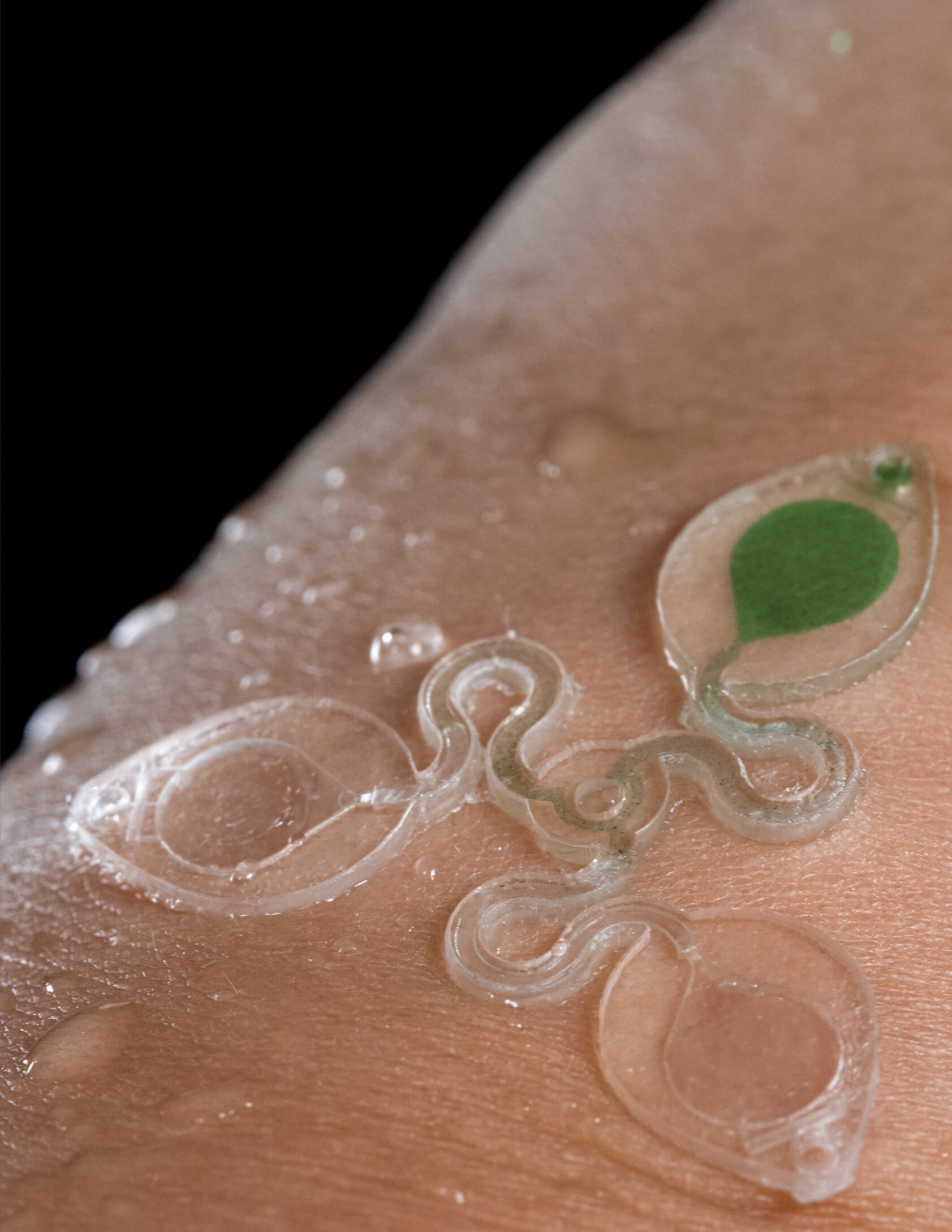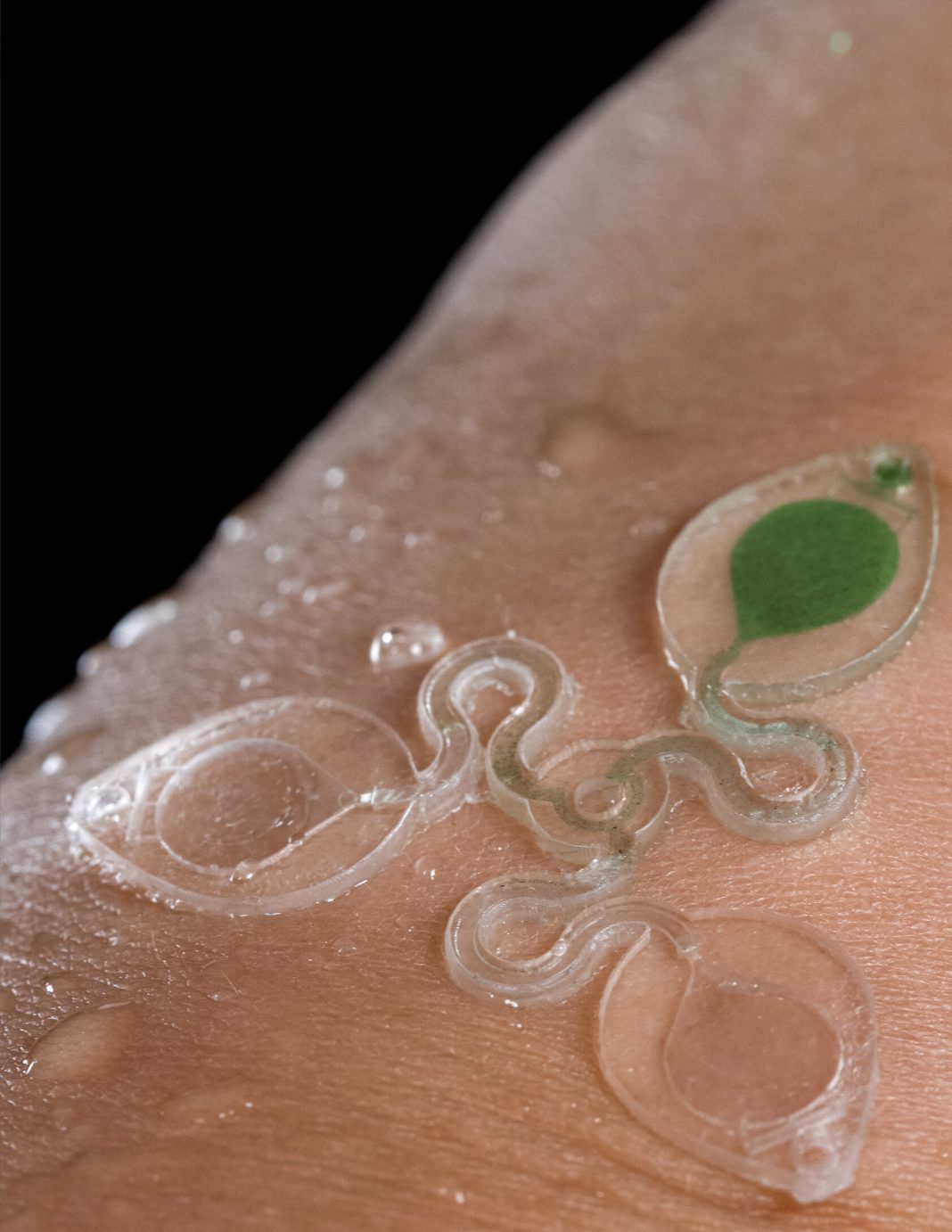
Healthcare monitoring is becoming easier with the development of new technology at the University of California San Diego. Engineers at the university have created a wearable device that monitors important chemical levels in a patient’s body using sweat. The device, which is as easy to use as an adhesive bandage, wraps around the finger and draws power from the sweat produced by over 1,000 sweat glands on the fingertip. The researchers have published their findings in the journal Nature Electronics.
Dr. Joseph Wang, a professor at UC San Diego, explained that this device is the first of its kind to enable non-invasive monitoring of multiple biomarkers for personalized health care and wellness management. The device is constructed from electronic components and printed on a thin, flexible, and stretchable polymer material. It is durable enough to withstand repeated bending, stretching, and movement.
In the study trials, the finger wrap was found to be effective. Participants wore the device on their fingertip while performing daily activities to assess the real-time performance of the sensors and energy-harvesting system. The researchers discovered that fingertip glands can produce 100 to 1,000 times more sweat than other areas of the body, even during rest. This constant trickle of perspiration provides a reliable energy source for the device, even during periods of inactivity or sleep.
The researchers plan to enhance the device’s performance by incorporating additional energy-harvesting techniques. They aim to generate mechanical energy from human motion, such as finger movements like tapping or typing. By optimizing the circuit design, battery, low-power sensing modules, and data transmission, the researchers hope to improve the device’s lifespan, stability, and functionality.
The ultimate goal is to develop a closed-loop system that not only monitors biomarkers but also administers treatments based on the collected data. For example, in the case of diabetes, the device could continuously monitor glucose levels, automatically deliver insulin as needed, and assess the treatment’s effectiveness by monitoring biomarker levels. This would revolutionize health monitoring and allow for personalized, continuous care.
Seokheun “Sean” Choi, a professor at Binghamton University in New York, praised the device’s potential. He emphasized the importance of power autonomy in wearable devices, allowing them to operate continuously and self-sustainably. Choi commended the researchers for their innovative use of sweat as a power source and highlighted the device’s potential for a wide range of medical applications.
In conclusion, this new technology developed at UC San Diego is a groundbreaking innovation in healthcare monitoring. By utilizing sweat to power the device and monitor chemical levels, it offers a non-invasive and continuous solution for personalized health care. With further advancements and optimization, this device has the potential to revolutionize the way we monitor and treat various medical conditions.


